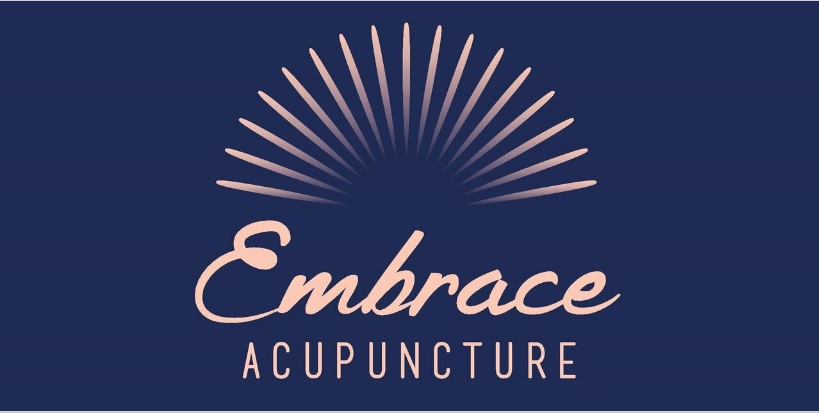The Downlow on PCO and PCOS - Your questions answered
It affects up to 1 in 5 women or 20% of the female population in reproductive age according to the Royal Australian College of GP's.
Given there are so many women with this condition, we thought we'd answer your most frequently asked questions.
Sharing is caring! If you know ladies who could benefit from this info, please share/tag/forward this to them.
Here are some questions we’re going to answer.
What’s the difference between Poly Cystic Ovaries and PCOS (Poly Cystic Ovarian Syndrome?
How are PCO and PCOS diagnosed?
How many cysts do you have to have before it’s called “Poly” Cystic ovaries?
How many follicles should you have?
Can you have regular periods and still have PCO?
I was diagnosed a year ago - can this change? Would another ultrasound show anything different?
I have PCOS and want to fall pregnant - Can Acupuncture make a difference?
Poly Cystic Ovaries and PCOS - What’s the difference?
Both PCO and PCOS have multiple cysts, but PCOS also commonly involves poor metabolic (blood sugar) function or excess testosterone, affecting egg quality and causing symptoms such as weight gain and extra hair (hirsutism). Both PCO and PCOS can be the reason for irregular periods.
How are PCO and PCOS diagnosed?
A Pelvic Ultrasound is needed to see how many follicles/cysts you have. A fasting blood test on day 3 of your period to test your testosterone levels + HBA1c% (blood sugar levels) is the very minimum testing needed to diagnose PCO vs PCOS
How many cysts do you have to have before it’s called “Poly” Cystic ovaries?
This will depend entirely on different official criteria but 25+ cysts/follicles is the commonly used number to diagnose PCO(S).
How many follicles should you have?
Ideally less than 10 in each ovary. For fertility, it might sound better to have more, but if you have too many they are of lesser quality each.
This is because your body only has so much blood flow and nutrients to give, so if all the nutrients it has is divided by 10 follicles each side vs 25 follicles each side, those 25 follicles are getting much less of the good stuff!
Can you have regular periods and still have PCO?
Yes. This is really common in women who have PCO not the syndrome. Up to 70% of women with PCOS remain undiagnosed!
This is why a pelvic ultrasound is the only way to know exactly how many follicles/cysts you have.
I was diagnosed a year ago - can this change? Would another ultrasound show anything different?
Yes, absolutely. Your ovarian environment can improve or get worse. If you're wanting to have babies soon or looking to be proactive about your health, it's important to know the numbers of follicles/cysts in your ovaries and your testosterone / HBA1c% levels (if you have the syndrome) to know how mild or severe you are. This will help you make informed decisions with your healthcare team as to what or if any treatment is needed.
Knowledge is power ladies!
I have PCOS and want to fall pregnant - Can Acupuncture make a difference?
More research is needed in this field but it is great to see systematic reviews of clinical trials such as this 2017 review showing an increase in clinical and ongoing pregnancy rates in women who did Acupuncture alongside IVF vs those who did IVF alone.
Nice one!
Oh, and don’t forget to check in soon - for part TWO, where we explore this topic further.
Like to work with us??


